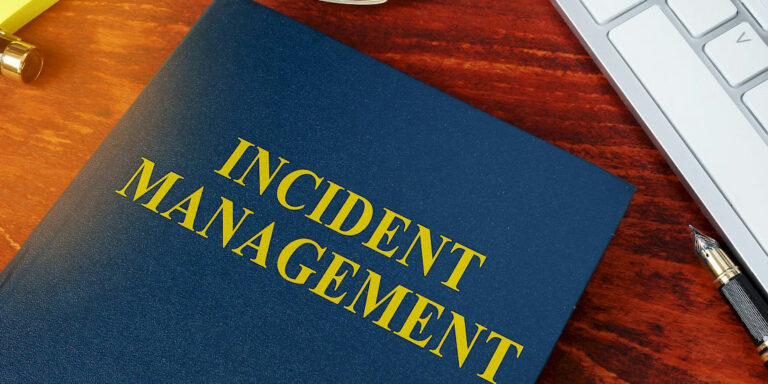
Article Archive by Year

An essential national incident management guidance document is finally available to responders nationwide. This document will significantly improve a unified response to and recovery from large-scale incidents. However, additional work is needed to create an enhanced unity of effort and fully integrated response among federal, state, and local responders.
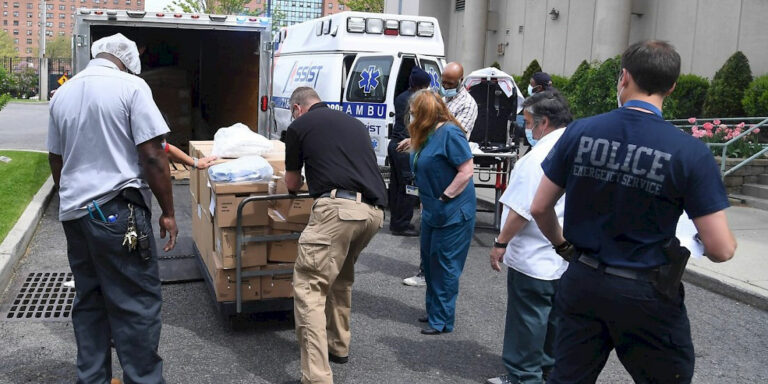
Workplace Strategies to Reduce Burnout and Build Resilience
November 16, 2022
A multi-year pandemic has resulted in organizations looking to reframe traditional workforce management practices to retain seasoned staff and prevent burnout. To address these issues, state, local, tribal, and territorial emergency management offices can consider implementing workplace engagement strategies to address the mental and physical health concerns resulting from this
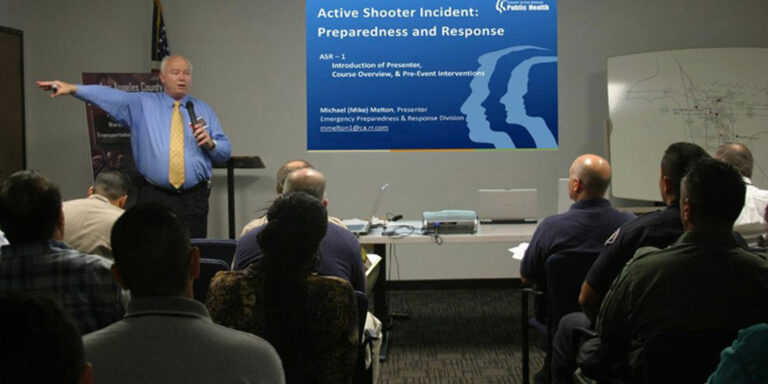
Switch to Online Enables Active Shooter Training for All
November 16, 2022
Since the emergence of COVID-19, many trainings have had to adapt to an online presence. In one case, an active shooter training not only successfully transitioned to support the online delivery of these skills, but the developer embraced it and has now made it publicly available for everyone.
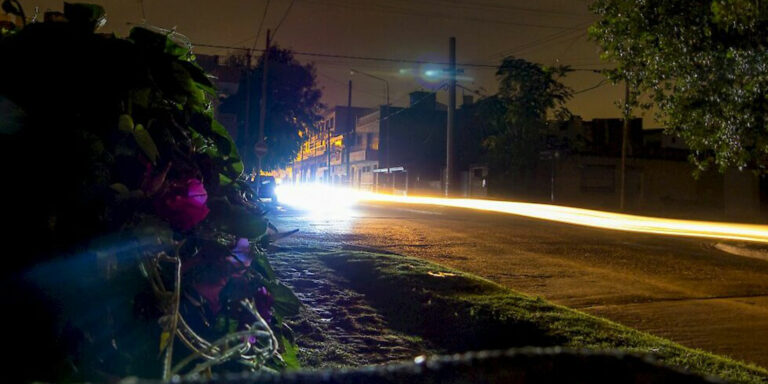
Power Outages, Communication Failures & Healthcare
November 9, 2022
All disasters have a health aspect, and all disasters, exercises, responses, and recoveries are deeply dependent on technology and communications. Two large-scale disasters affecting much of the United States – Hurricanes Katrina (2005) and Sandy (2012) – provide vast amounts of documentation on the significant technological challenges that arose. In
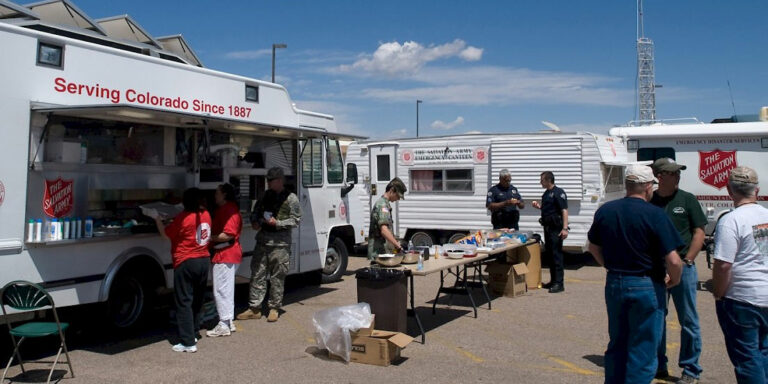
The Role of Faith in Disasters
November 9, 2022
Many faith-based organizations have disaster response and recovery components as major elements of their own missions. By partnering with governmental and nongovernmental organizations, faith-based groups can coordinate locally to support response and restoration efforts, as well as provide mental health and spiritual care when resources are critically needed.

Nuclear Threats Against the Homeland: Impact and Preparation
November 2, 2022
How the war in Ukraine will end is unclear. However, research shows that there is the potential for devastating effects on a global scale. As such, it is important for emergency planners to reassess their all-hazards plans to ensure their communities identify the threats and ensure their planning processes include

Training the Next Generation of Cyber Guardians
November 2, 2022
Despite small local governments being overrun with malware, ransomware, and myriad other threats, it is difficult to find experienced cybersecurity professionals. Meanwhile, students search for nonexistent entry-level jobs. One Washington State-based nonprofit is seeking to close this cybersecurity gap.
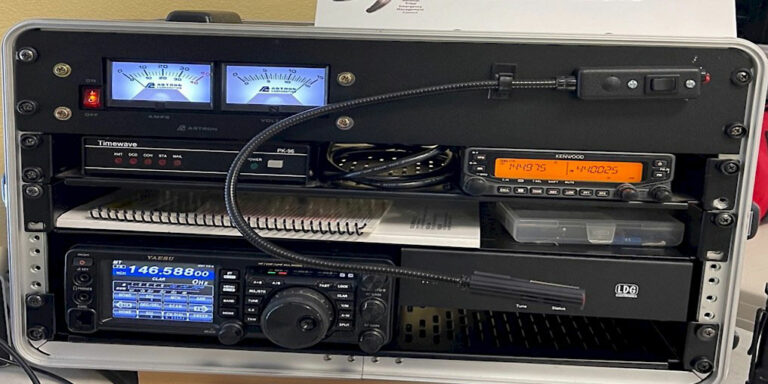
A Communicator’s Overview of a Large-Scale Exercise
October 26, 2022
A June 2022 exercise challenged amateur radio operators with establishing a Communications Unit with no power or pre-positioned equipment. The exercise was successful, but the key takeaways are already helping to improve collaboration and communications throughout the region.
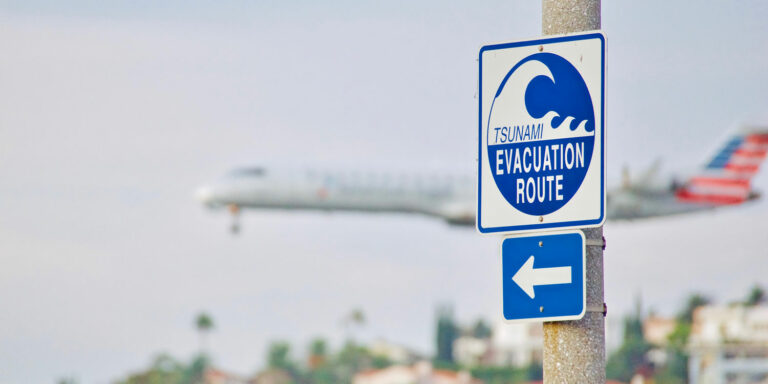
Listen to the Warnings, Plan for Threats
October 26, 2022
Emergency preparedness professionals continually strive to protect the lives and health of those within their communities. This October edition of the Domestic Preparedness Journal describes how some professionals are doing that.

Monkeypox: A Public Health Update
October 19, 2022
Declared a public health emergency of international concern by the World Health Organization (WHO), monkeypox has been on the news since early May 2022 due to the high number of cases and its worldwide distribution. The current outbreak varies from the historical situation, in which the virus remained endemic
PPD-44: Implications for Domestic Incident Management
November 23, 2022
An essential national incident management guidance document is finally available to responders nationwide. This document will significantly improve a unified response to and recovery from large-scale incidents. However, additional work is needed to create an enhanced unity of effort and fully integrated response among federal, state, and local responders.
Workplace Strategies to Reduce Burnout and Build Resilience
November 16, 2022
A multi-year pandemic has resulted in organizations looking to reframe traditional workforce management practices to retain seasoned staff and prevent burnout. To address these issues, state, local, tribal, and territorial emergency management offices can consider implementing workplace engagement strategies to address the mental and physical health concerns resulting from this
Switch to Online Enables Active Shooter Training for All
November 16, 2022
Since the emergence of COVID-19, many trainings have had to adapt to an online presence. In one case, an active shooter training not only successfully transitioned to support the online delivery of these skills, but the developer embraced it and has now made it publicly available for everyone.
Power Outages, Communication Failures & Healthcare
November 9, 2022
All disasters have a health aspect, and all disasters, exercises, responses, and recoveries are deeply dependent on technology and communications. Two large-scale disasters affecting much of the United States – Hurricanes Katrina (2005) and Sandy (2012) – provide vast amounts of documentation on the significant technological challenges that arose. In
The Role of Faith in Disasters
November 9, 2022
Many faith-based organizations have disaster response and recovery components as major elements of their own missions. By partnering with governmental and nongovernmental organizations, faith-based groups can coordinate locally to support response and restoration efforts, as well as provide mental health and spiritual care when resources are critically needed.
Nuclear Threats Against the Homeland: Impact and Preparation
November 2, 2022
How the war in Ukraine will end is unclear. However, research shows that there is the potential for devastating effects on a global scale. As such, it is important for emergency planners to reassess their all-hazards plans to ensure their communities identify the threats and ensure their planning processes include
Training the Next Generation of Cyber Guardians
November 2, 2022
Despite small local governments being overrun with malware, ransomware, and myriad other threats, it is difficult to find experienced cybersecurity professionals. Meanwhile, students search for nonexistent entry-level jobs. One Washington State-based nonprofit is seeking to close this cybersecurity gap.
A Communicator’s Overview of a Large-Scale Exercise
October 26, 2022
A June 2022 exercise challenged amateur radio operators with establishing a Communications Unit with no power or pre-positioned equipment. The exercise was successful, but the key takeaways are already helping to improve collaboration and communications throughout the region.
Listen to the Warnings, Plan for Threats
October 26, 2022
Emergency preparedness professionals continually strive to protect the lives and health of those within their communities. This October edition of the Domestic Preparedness Journal describes how some professionals are doing that.
Monkeypox: A Public Health Update
October 19, 2022
Declared a public health emergency of international concern by the World Health Organization (WHO), monkeypox has been on the news since early May 2022 due to the high number of cases and its worldwide distribution. The current outbreak varies from the historical situation, in which the virus remained endemic
Follow Us
Get Instant Access
Subscribe today to Domestic Preparedness and get real-world insights for safer communities.
ARchives
Article Out Loud – Trends in Political Violence and Mass Demonstrations
February 15, 2023
Examining the trends in political violence, civil unrest, and mass demonstrations, some law enforcement officers are considering new soft-skill approaches like de-escalation and peer intervention and using multiagency exercises to foster a mutual understanding between the agencies throughout the community.
Article Out Loud – Linking Resilience and Innovation for Emergency Preparedness
February 15, 2023
When preparing for emergencies, the terms resilience and innovation are more than just buzzwords – sometimes, they are a matter of life and death. Since no two events are identical, managing a crisis requires ever-changing solutions to increasingly complex problems. One research project sought to measure these qualities.
Article Out Loud – Tornado Preparedness Planning
February 14, 2023
Understanding the different facets of tornado preparedness planning helps responders address questions related to these often costly and sometimes deadly incidents. A comprehensive approach for gathering and disseminating information, educating and training response personnel, and creating and updating a strategic plan
Article Out Loud – Washington, D.C. – Fail Gracefully, Recover Quickly
February 14, 2023
In the nation’s capital, emergency managers identify hazards, consider location-specific elements, and implement lessons learned from past incidents in order to create a robust preparedness plan for critical infrastructures, including power and water. Efforts in neighboring jurisdictions and private sector cooperation also contribute to the regional resilience of the power
Article Out Loud – PACEing a Communications Resilience Plan
February 8, 2023
Most organizations have a daily operational plan for their communications that works most of the time and a backup plan for a short-term problem. However, many do not have a primary, alternate, contingency, emergency (PACE) plan for critical operational tasks. Learn more about the benefits of creating and maintaining a
Article Out Loud – Building Business Post-Disaster – A Florida Case Study
February 8, 2023
Opportunities can be found in the wake of great devastation. However, it can be challenging to plan for the future while restoring critical services and repairing the damage left in the crisis’s wake. Recovery plans should look beyond what existed before the disaster and include laying a foundation for regrowth
Article Out Loud – Radiological Emergencies – Public Health Responsibilities/Challenges
February 7, 2023
The U.S. public health community is tasked with more roles and responsibilities than ever before in the nation’s history. That community may soon have to take on even more responsibilities during a radiological emergency. Uncovering the gaps and challenges involved may help in moving toward realistic operational planning without continuing
Article Out Loud – Reducing Weather Anxiety Among Emergency Managers
February 7, 2023
Imagine this scenario. A tornado watch has been in effect for the past six hours. The severe thunderstorm warning expires as the squall line passes over the area, which escaped significant severe weather. Although the Storm Prediction Center shows the area has been downgraded from enhanced to marginal, the Day
Article Out Loud – Winter Storm – Reimagining Recovery Using Support Functions
February 1, 2023
Out of first-time events come many important lessons learned. For example, information must be disseminated using familiar terminology when an unfamiliar event occurs. In addition, recovery is a team effort that begins before the event has ended. Learn how the third most populated county in the United States handled recovery
Article Out Loud – Threat Assessment and Management: Practices Across the World
February 1, 2023
In 2021, the number of terrorist attacks increased 17% from the previous year. As actors adapt and change their tactics and techniques, cities must develop new capabilities to counter these threats. This article explores notable global practices to help cities develop or enhance their threat assessment and management programs.
Follow Us
Get Instant Access
Subscribe today to Domestic Preparedness and get real-world insights for safer communities.


